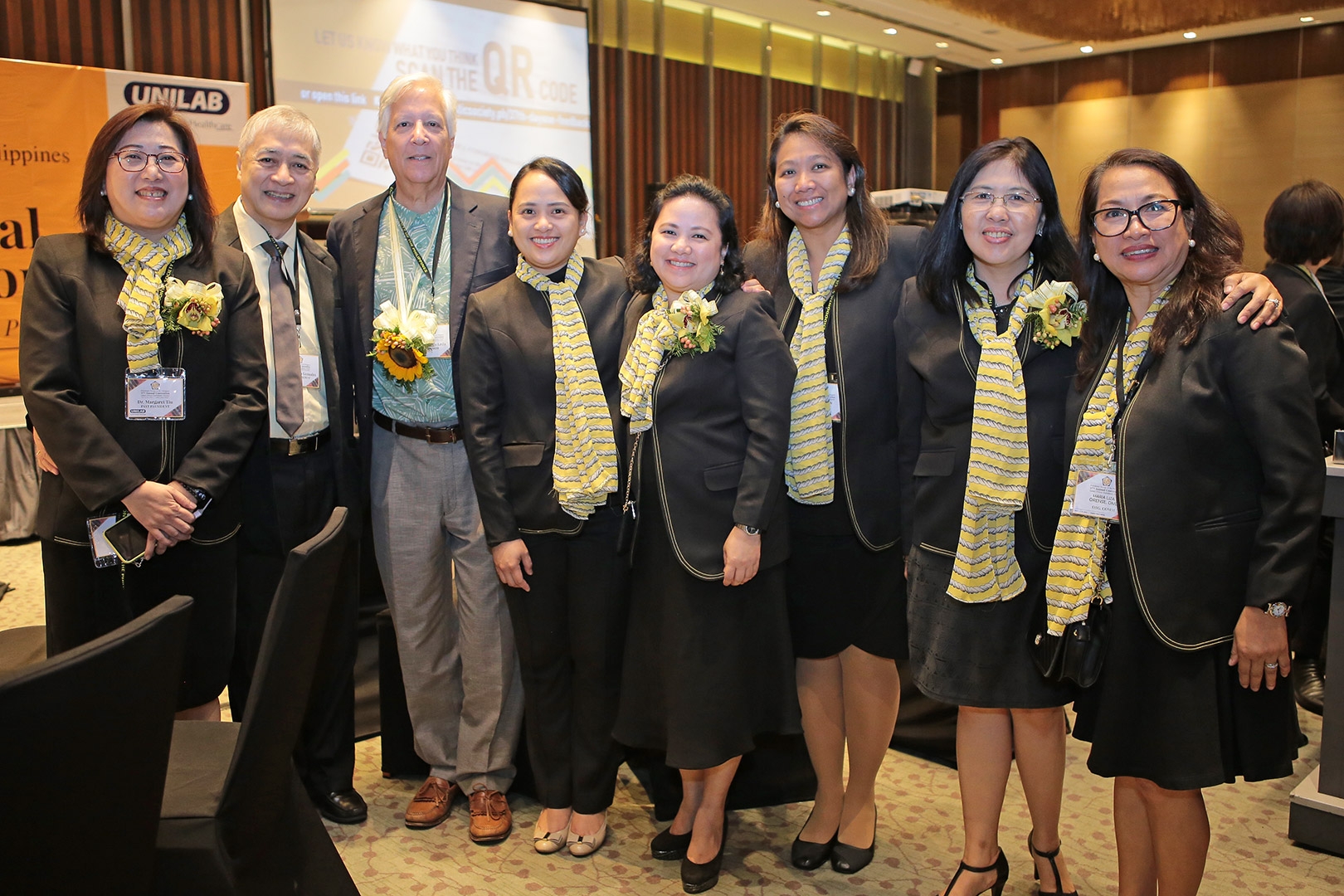Archaeologist Kerry S. González presented a paper on March 23, 2019, documenting the work of a team of researchers, including Dr. Martin D. Levin, on a Native American showing evidence for prehistoric dentistry.
“The specimen was examined with optical focus-stacking microscopy, periapical radiography, cone beam computed tomography and micro-CT scanning to image the carious lesion and compare it to a smaller carious lesion on another tooth. “These studies revealed compelling evidence for purposeful removal of decayed tissue. Scanning electron microscopy was also used to examine striations observed on the interior surface of the cavity to help identify the tools and methods employed in the treatment of the tooth. In addition, there is evidence for extraction of the mandibular right third molar, suggesting that the individual sought treatment for dental disease on at least two occasions.”* There was evidence of a pulp exposure of the meisobuccal pulp horn with associated evidence of bleeding confined to a 2 mm round area of dentin discoloration.
The research will also be presented at the Society for American Archaeology in Albuquerque, NM on April 13, 2019.
Abstract: Kerry S. González, Joseph R. Blondino, Joanna Wilson-Green, PhD, Jazriel Cruz, DDS, Martin D. Levin, DMD. Primitive Dentistry from a Native American Burial in the Southern Chesapeake Region, Virginia. Abstract, 2019 SAA Conference, Albuquerque, NM.




